
Madison School District requires “Dismantling White Supremacy Culture” training for employees
Madison Metropolitan School District (MMSD) antiracism website instructs teachers how to learn about “race, equity, anti-racism and abolitionism” through three phases: discover, disrupt, and dismantle
Racism in the Madison School District is a “pandemic”
October 13, 2021
As the MacIver Institute has been investigating the racist indoctrination of our children, better known as Critical Race Theory (CRT), all across the state, one district stands alone in its full-throated promotion of CRT and the incorporation of this dangerous idea – that everything and everyone in America is racist – into all aspects of their operations and the teaching of our children.
The Madison Metropolitan School District.
MMSD Superintendent Carlton Jenkins has compared his efforts to combat racism in the district to a pandemic and this supposedly widespread racism is one of the justifications Jenkins and the School Board use to infuse Critical Race Theory into every corner of K12 education in Madison. While CRT disciples believe that the institutions of our country are fundamentally racist – our government, our schools, – it should be pointed out that the Madison School District is located in one of the most progressive cities in the country and that the far left has been in charge of the school board for decades. The city of Madison itself has been governed for more than two decades by avowed socialists. Madison is the most liberal enclave of any liberal enclave in the country and, yet, the school superintendent and the educational establishment blame systemic racism for their dismal failure to help all of our children do well in school and succeed academically.
While some will dismiss this conversation and analysis because, well, that’s just how Madison is, we cannot and should not fall into this trap. The Madison Metropolitan School District is the second-largest school district in the state, educating around 27,000 students every year. According to the website, 18% of students are Black/African-American, 9% Asian, 21% Latino, 43% White, and 9% two or more races. What happens in the Madison School District has a profound impact on a large number of children and it impacts the future of the entire state. The Madison School District’s success or failure in reaching and teaching all children should not be downplayed or minimized. That would not be fair to the children of Madison.
The Madison School District has arguably the worst track record in all of the state and has for some time when it comes to adequately educating every child, no matter the color of their skin. It has one of the worst achievement gaps. In the 2018-2019 school year — the most recent year data is available — only 10% of black students in the district were proficient in Language Arts compared to 44% of white students. In math, just 9% of black students were proficient compared to 41% of white students.
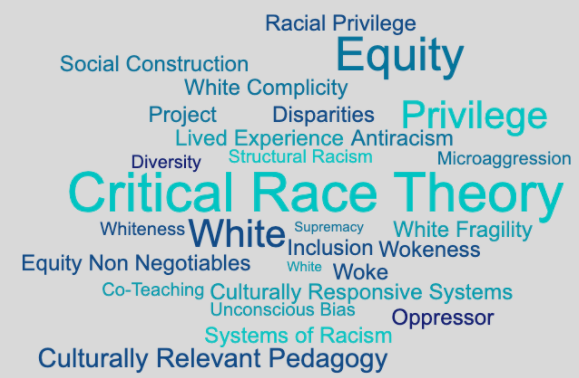
So, while most parents would hope that a school district with such poor performance would spend more time helping all students to do better in core competencies, the Madison School District has decided to pursue a different strategy.
Similar to many other districts in the state, MMSD is in the process of conducting an equity audit in order to “work to eliminate educational gaps and accelerate learning for all students.” According to the District, this is an important step to advance MMSD’s commitment to becoming “an anti-racist organization.” While many districts in the state partner with equity firms like ICS Equity, MMSD is working with Dr. Jerlando Jackson of UW Madison to complete their audit in order to “identif[y] the root cause of inequities in [thei]r school cultures, policies, practices, and resources.”
MMSD has a robust and active Office of Equity, Partnerships, and Engagement. The department “uses universal and targeted strategies aimed to disrupt societal and historical inequities and eliminate disparities based on race and socioeconomic status so that our entire learning community, including all staff and all students, benefit and thrive.”

It is important to note again that equity, the term used throughout CRT, should not be confused with equality, one of the bedrocks our country was founded upon. Equality is the belief that all people are created equal, with unalienable rights given to us by our Creator, no matter the color of our skin, where we were born or the religion we practice. Equality believes that every American has the same opportunity to succeed in life and pursue happiness. Equity is the opposite of equality. Equity, as used by the proponents of CRT, means everyone should and will have the same outcome in life and end up at the same place no matter if it is justified or not, an idea that is rooted in communism.
The Madison School District employs a team of fourteen equity fellows.
The Madison School District employs a team of fourteen equity fellows that “collaborate with their peers on the unique ways that they can strengthen and shape the future of the educational excellence and equity movement for all within MMSD”. The equity fellows have a mission to “use [their] lived experiences, facilitation skills and critical analysis to serve as a group to disrupt and dismantle inequitable practices.” The fellows’ homepage includes a list of resources for professional learning, including the books For White Folks Who Teach in the Hood and So You Want To Talk About Race.
As the MacIver Institute has previously reported, the author of So You Want To Talk About Race, Ijeoma Oluo, describes herself as belonging to a “broad and varied group of Democrats, Socialists, and Independents known as ‘the left’.” Oluo believes our country is fundamentally racist. “Over four hundred years of systemic oppression have set large groups of racial minorities at a distinct power disadvantage. If I call a white person a cracker, the worst I can do is ruin their day. If a white person thinks I’m a nigger, the worst they can do is get me fired, arrested, or even killed in a system that thinks the same – and has the resources to act on it,” Oluo writes.
MMSD also keeps a running list of Equity Projects and Programs the district engages in. The page states that the recently passed tax and spending referendum “would allow Madison’s public schools to continue and grow strategic equity projects aimed at disrupting societal and historical inequities and narrowing disparities based on race and socioeconomic status.” This expensive list of projects demonstrates that this has moved beyond a casual conversation about equity or how we can be better human beings.
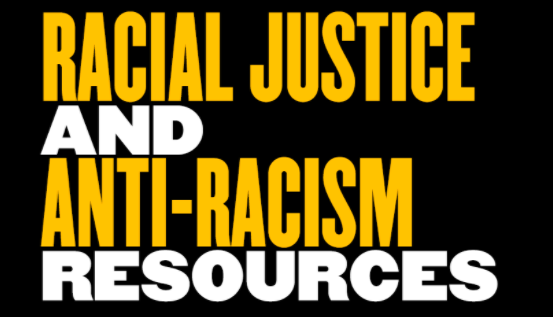
Beyond the Office of Equity, Partnerships, and Engagement, Madison School District also has a tab on their website for “Professional Learning and Leadership Development.” This page’s definition for equity is “to provide foundational professional learning for instructional leadership of MMSD priorities and provide differentiated support based on each school’s context.” Furthermore, this Professional Learning and Leadership Development page directs viewers to the MMSD Anti-Racism Website where the stated goal for the school year is “to deepen knowledge, learn strategies and skills and enhance dispositions to engage and apply content about race, anti-racism and equity for all staff in their respective roles in order to disrupt inequities, lead for racial justice and uplift anti-racist social-emotional learning so that students are seen, heard and thrive without harm”.

Kaylee Jackson, executive director of Curriculum and Instruction at MMSD, believes that educators themselves are racist and that is one of the keys to ending racism.

“If we truly want different results for our black and brown students, as leaders we need to actively engage in conversations to identify where we have systems, practices and beliefs within our own hearts and minds that are rooted within white supremacy culture.”
Dismantling White Supremacy Culture
Employees at MMSD are taught about the white supremacy that is everywhere around them and how to eliminate racism in their lives through a presentation called “Dismantling White Supremacy Culture.” Curiously enough, the presentation that supposedly combats racism seems to simultaneously promote racism by telling participants to pay close attention to the race of others. Later in the presentation, the 15 characteristics of “White Supremacy Culture” are listed including the outrageous ideals of perfectionism, quality over quantity, and right to comfort. None of these characteristics are, of course, racist, but, instead are what has generally been the traits of the successful. This Orwellian tactic is common in the Social Justice movement: changing the meaning and definition of terms so that historically positive attributes such as “perfectionism” are now racist.
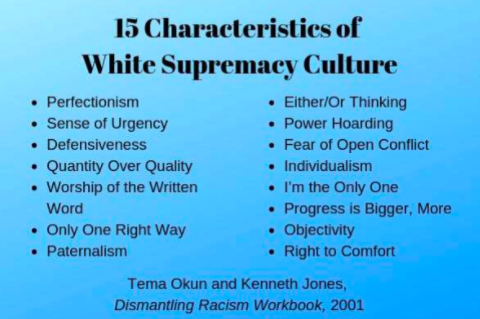
The presentation states “We are the operators of some piece of the education machine, and therefore, if we change our actions, we can change the larger system.” The “larger system” refers to the supposed boogeyman of “White Supremacy Culture.”
This is all part of MMSD’s anti-racism professional development initiative called “Movement!” The district kicked off the initiative in 2019 by having all staff watch the video “Race – the Power of an Illusion.” That video explains that there is no such thing as “race.” While the video preaches that there is no such thing as race, the district has seemingly focused on just that, race, by blaming white people in the pursuit of “anti-racism” and eliminating “white supremacy” in Madison schools.
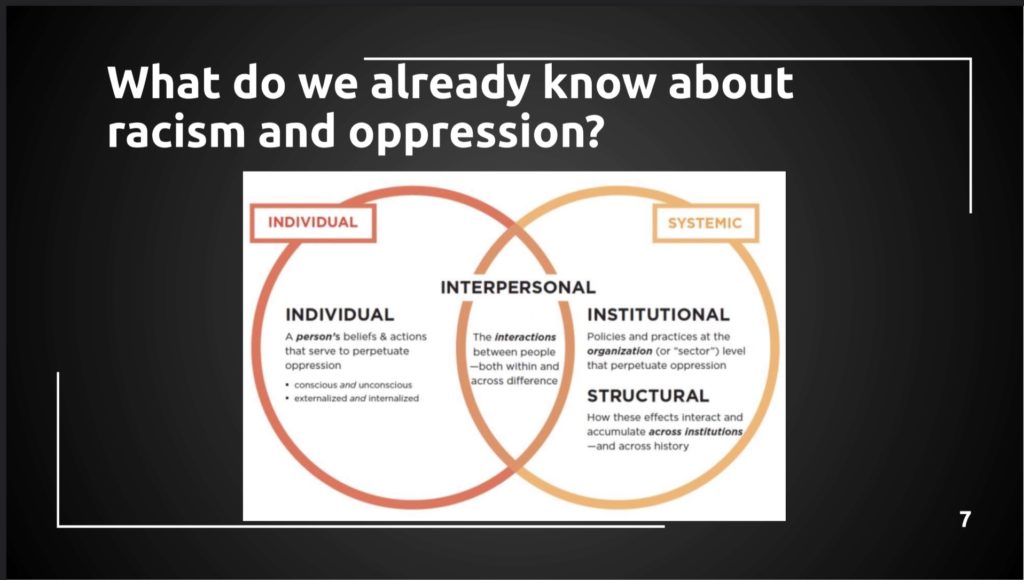
All district teachers and staff will have spent 21 hours this past year working through the Movement program’s three phases. By the end of last year, everyone was expected “to disrupt inequities, lead for racial justice and uplift anti-racist social-emotional learning so that students are seen, heard and thrive without harm.”
The program teaches MMSD educators about anti-racism in a 3-phase process. The first phase, called “discover,” teaches the basics of anti-racism. In the second phase, called “disrupt,” educators internalize these basics. Finally, they become anti-racist leaders in the third phase, called “dismantle.”
The MacIver Institute received the professional development presentations for all three phases from an open records request.
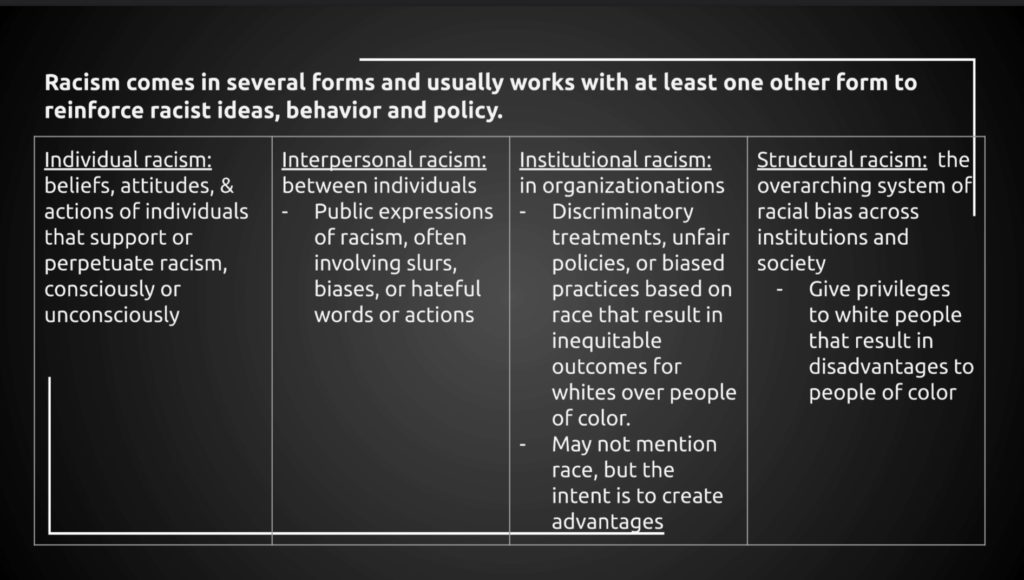
From the “Identity and Mindset of an Anti-Racist Educator” PresentationPhase 3 is when teachers and staff learn the 15 characteristics of white supremacist culture, which we highlighted above. They also watch this spoken word poetry video about “How to Explain White Supremacy to a White Supremacist.”
Teachers are expected to implement this race and equity training into their classrooms, their lesson plans, and everything they do. It is part of their contract. A Madison School District teacher’s professional development is graded in part by the teacher’s willingness to adapt instruction with “culturally responsive practices” to incorporate a student’s identity, culture, and history. Teachers who don’t do so enthusiastically will be first on the chopping block in the event of layoffs.
CRT Is Already Fundamentally Changing K12 Education In Madison And More Is On The Way
The Big Idea Project
The work of the administration to promote CRT goes beyond teacher training and in-service discussions. The move to incorporate CRT into every part of the organization is changing the very way they educate children.
In the name of CRT and the pursuit to achieve equal outcomes, the Madison School District has begun the process of eliminating grades.
In the name of CRT and the pursuit to achieve equal outcomes, the Madison School District has begun the process of eliminating grades. In a Madison High School, the lowest score you will receive on an assignment is a 50, even if you have earned a lower score than 50 or if you failed to turn in the assignment altogether. In addition, even if a high school student receives a 50 and earns an “F”, he or she will no longer receive an F, but instead will receive a “No Pass.” A “No Pass” will not count towards their cumulative Grade Point Average (GPA). The District is also currently debating the elimination of honors classes, because of the “disparities in the demographics of standalone honors” classes.
In addition to the CRT changes already taking place right now in the classroom, the district is looking towards even bigger changes that will “accelerate transformational change in MMSD.”
Following the most recent COVID relief funding, Madison Schools created the “Big Idea” project, where students, staff, and community members were encouraged to submit their ideas for ways to use the $9.5 million in ESSER funds coming to the district. The district believes this funding is “an opportunity of a lifetime to rebuild our Madison public schools as we navigate through multiple pandemics.” As we noted above, Superintendent Jenkins believes that racism is one of these pandemics.
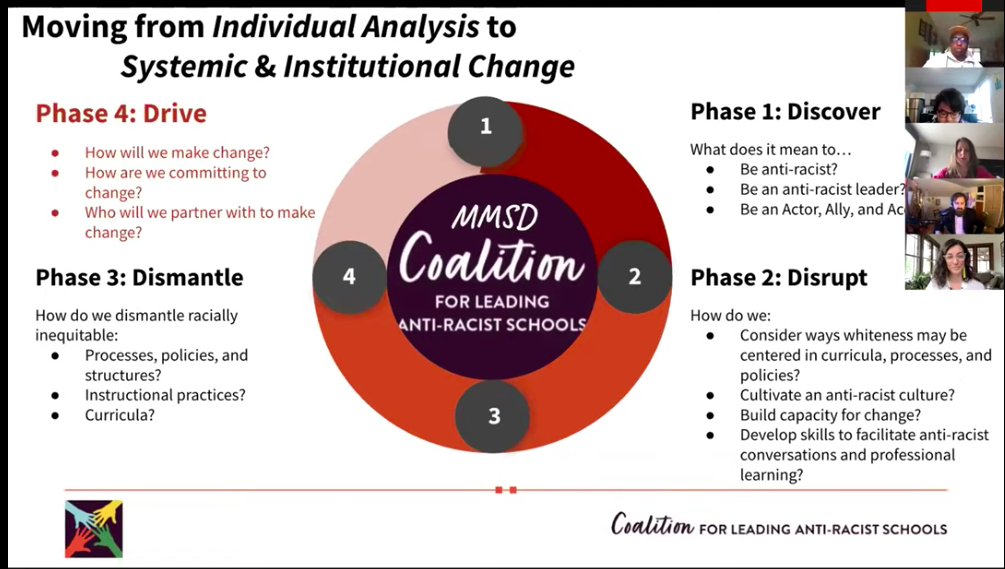
The BIG IDEA Campaign: Accelerating transformational change in MMSDOne pitch included an “anti-racist classroom” that would have cost the district up to $720,000. Four ideas that did not make it into the final round received accolades for their commitment to anti-racist teaching. Some of these ideas include MTI CENTRS – Justified Anger; Student Leadership in Anti-Racist Teaching & Civic Action; Transformative Justice; and MMSD Coalition for leading anti-racist schools. The MTI CENTRS would “Wor[k] in service of both the MMSD Strategic Framework as well as the MTI mission and belief statements to support staff as they address personal biases, relearn accurate and inclusive history, analyze as well as develop socially and racially just and relevant curriculum.” Madison Teachers Inc, MTI, is the teachers union that represents MMSD teachers, and this project would have provided them with $150,000 for “staff training”.
Another one of the Big Idea final contenders was the “MMSD Coalition for leading anti-racist schools.” As the above diagram from the pitch reveals, the goal of the anti-racist classroom is to bring “systemic and institutional change.” This idea of structural change comes straight from Critical Race Theory, An Introduction, where authors Richard Delgado and Jean Stefancic argue “Unlike traditional civil rights discourse which stresses incrementalism and step-by-step progress, critical race theory questions the very foundations of the liberal order” (emphasis added). It is clear that the intent behind this idea — see Phase 3 in particular, instructional and curriculum changes — is to impact what is taught in the classroom.

As we have been putting together this piece, we have discovered additional CRT examples and received more tips from members of the Madison community that we will publish at a later date.
Questionable Curriculum: Critical Race Theory (Et Al) In Wisconsin – A Continuing Series
If you have additional tips or examples of CRT in the classroom that warrant investigation, please contact us at: info@maciverinstitute.com.